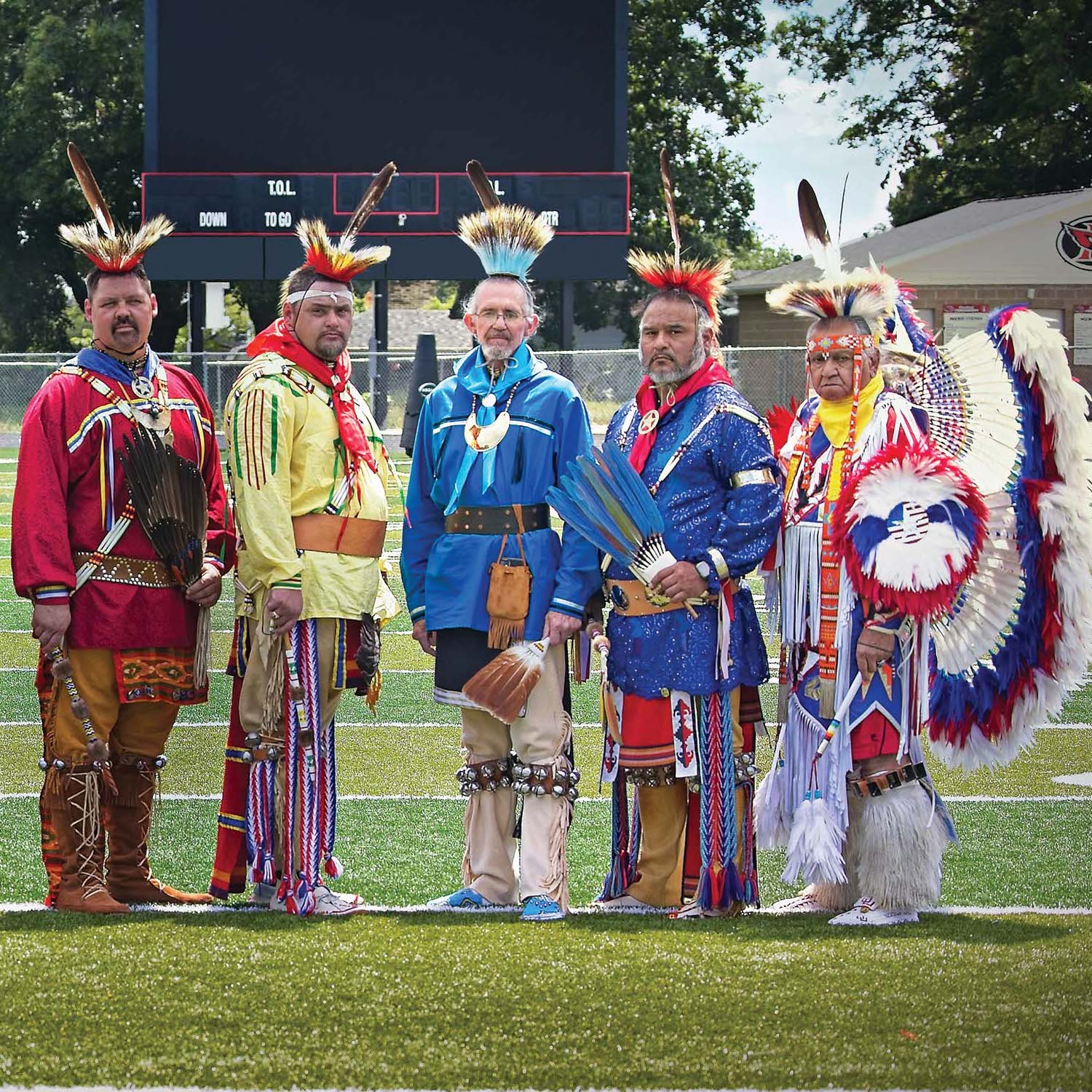
The Indian Masonic Degree Team Is a Band of Brothers
How a Native American Masonic degree team forges bonds across cultures—and keeps a heritage alive.
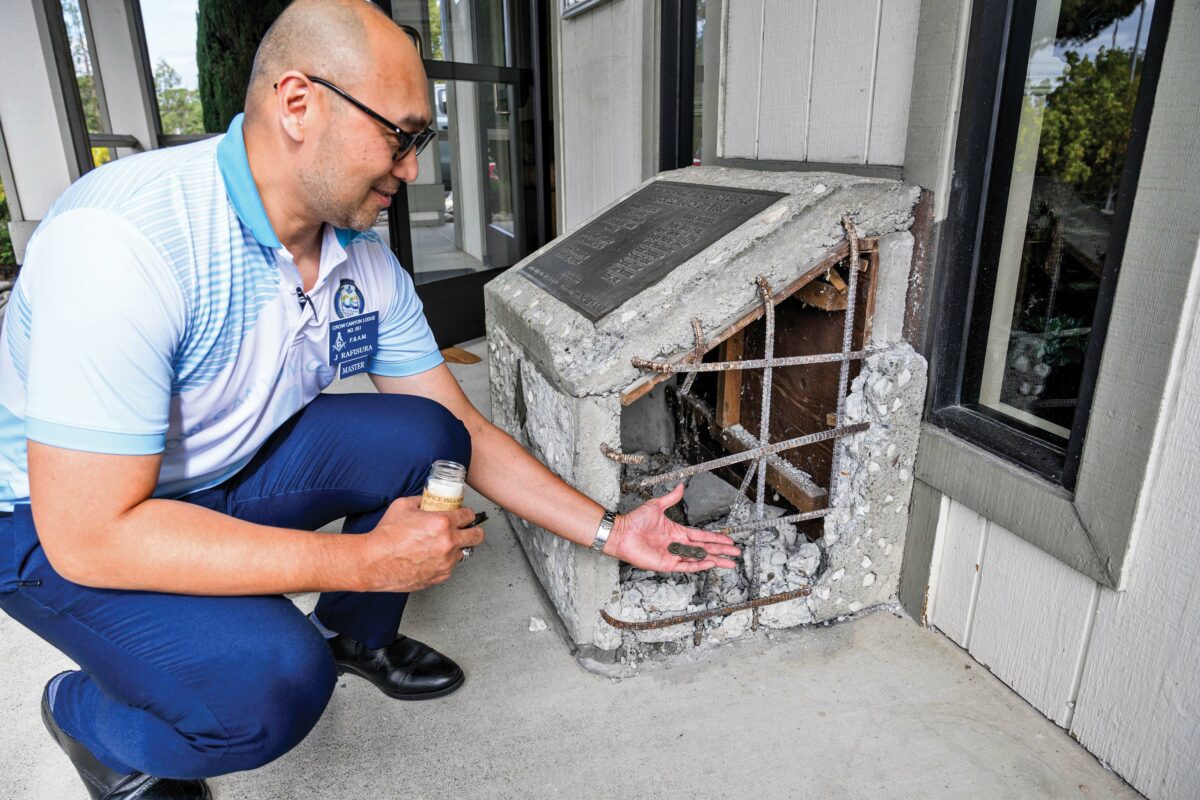
As his term as Grand Master of California came to a close in the fall of 1923, Arthur Saxe Crites tallied up his travels for the year: In all, he’d logged some 38,000 miles, the result of so many trips around the state for cornerstone events, officers’ installations—and especially new lodge openings. That year, Crites granted a whopping 39 charters to newly formed lodges. In 1924, his successor would grant another 30. Of those, 54 are either still active or part of a consolidated lodge. A century later, the fraternity is still feeling the ripple effect from that eruption of Masonic activity, in the form of almost nonstop centennial celebrations. Consider: In October 2023 alone, Pacific Rim № 567, Sunnyside № 577, Crow Canyon № 551, and Ross Valley № 556 all recognized 100th anniversaries.
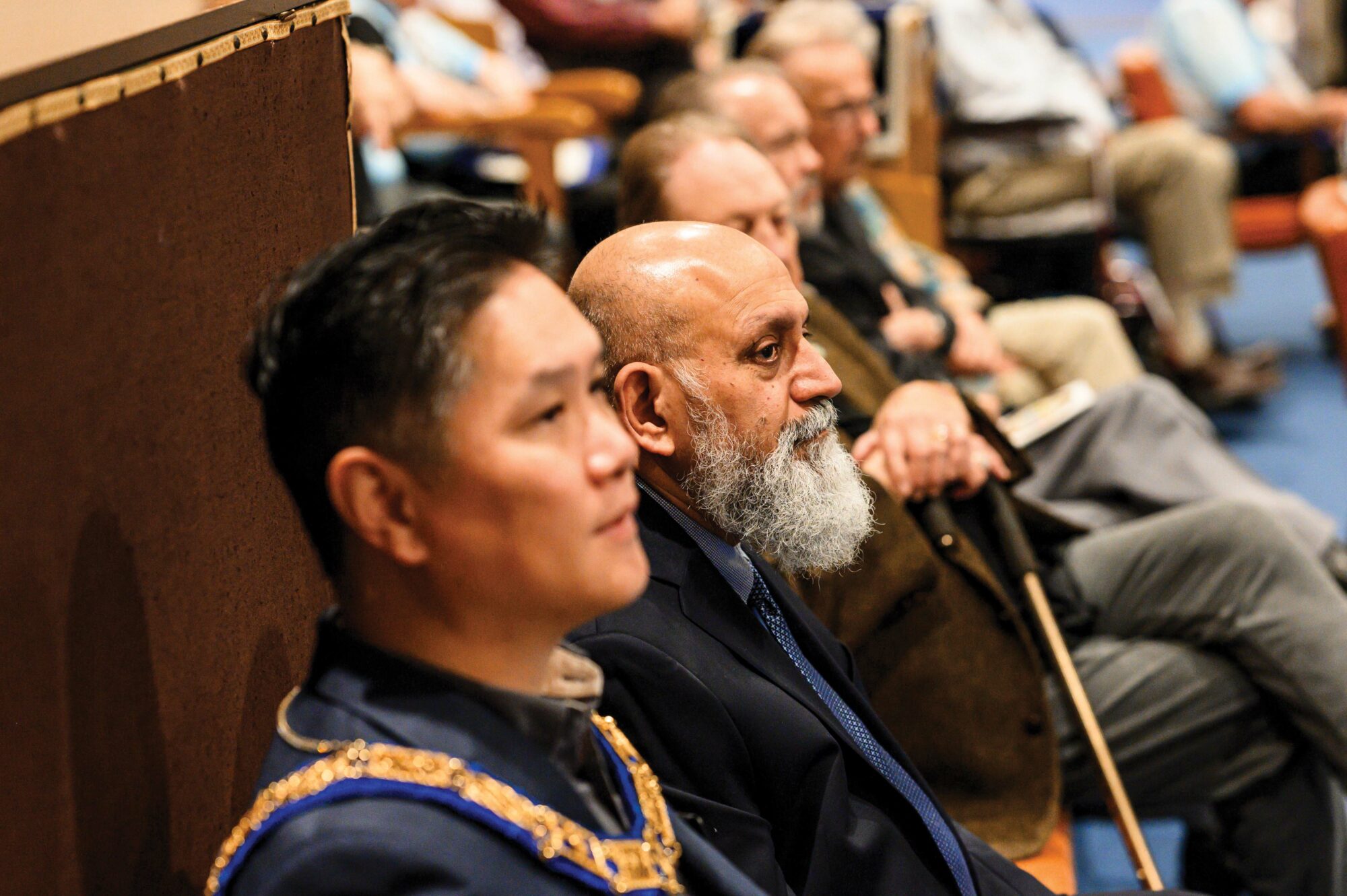
That’s because new lodge development in California peaked in the years between 1922 and 1925, the result of an influx of new members during the interwar years and a concerted effort by the Grand Lodge to promote new and smaller lodges. “The smaller lodge … encourages a greater proportion of attendance,” wrote Grand Master David Reese in 1924.
California Masons today may detect a note of familiarity there, as small, intimate lodges have come back into vogue. It’s not the only way in which the echoes of time are ringing out, says Bob Jackson, secretary of Harding San Juan № 579. Over the summer, his group recognized the 100th anniversary of Warren J. Harding Lodge in Sacramento with a celebration and the publication of a lodge history. Many of the challenges facing Masons a century ago weren’t so dissimilar from today’s, he says— not the least of which was the recovery from the great influenza epidemic.
Emmanuel Rafisura, master of Crow Canyon № 551, chaired his group’s centennial this fall, for which the lodge also produced a history booklet. (Like many lodges today, Crow Canyon is an amalgamation of eight consolidated East Bay outfits; two of those, Lakeshore № 551 and Chateau Thierry № 569, were chartered in 1923.) He, too, marveled at the ways in which Masons a century apart expressed concerns about similar issues—membership, ritual quality, community relations—while acknowledging that his lodge often meets in the decidedly 21st-century forum of Zoom.
Driving that theme home, as part of the lodge’s centennial, members of Crow Canyon opened a time capsule that had been placed in the Castro Valley Masonic Center when that temple was built in 1985. In it, they found newspapers, correspondence from the Masonic youth orders, and several Susan B. Anthony coins.
Looking forward, Rafisura says the lodge plans to replace the capsule, with a few modern additions. “We’ll add some covid tests,” he says with a chuckle.
Photography by:
Winni Wintermeyer

How a Native American Masonic degree team forges bonds across cultures—and keeps a heritage alive.
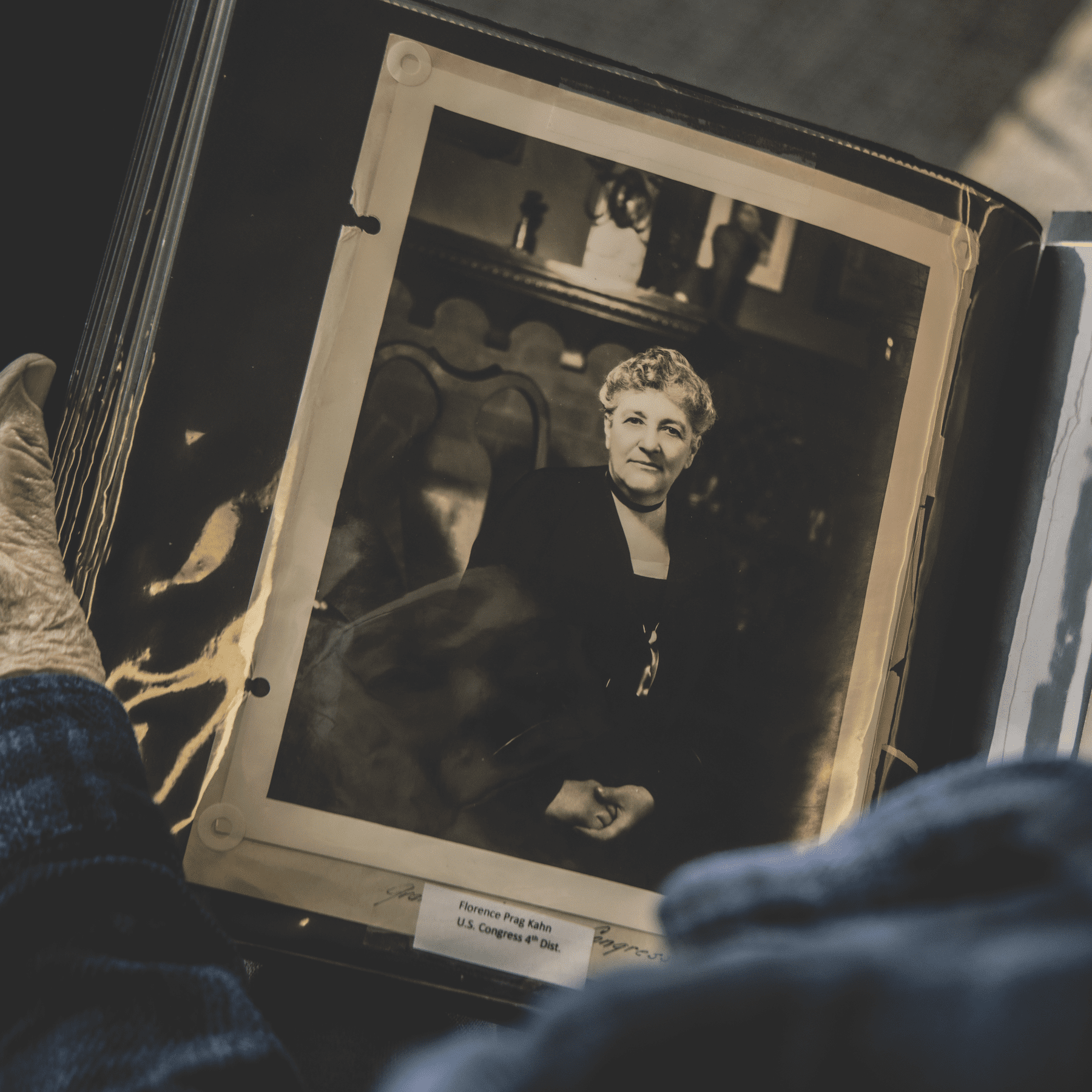
When a monument to his grandfather came under newfound scrutiny, Julius Kahn used the opportunity to shine a light on a lesser-known familial legacy: Florence Prag Kahn.
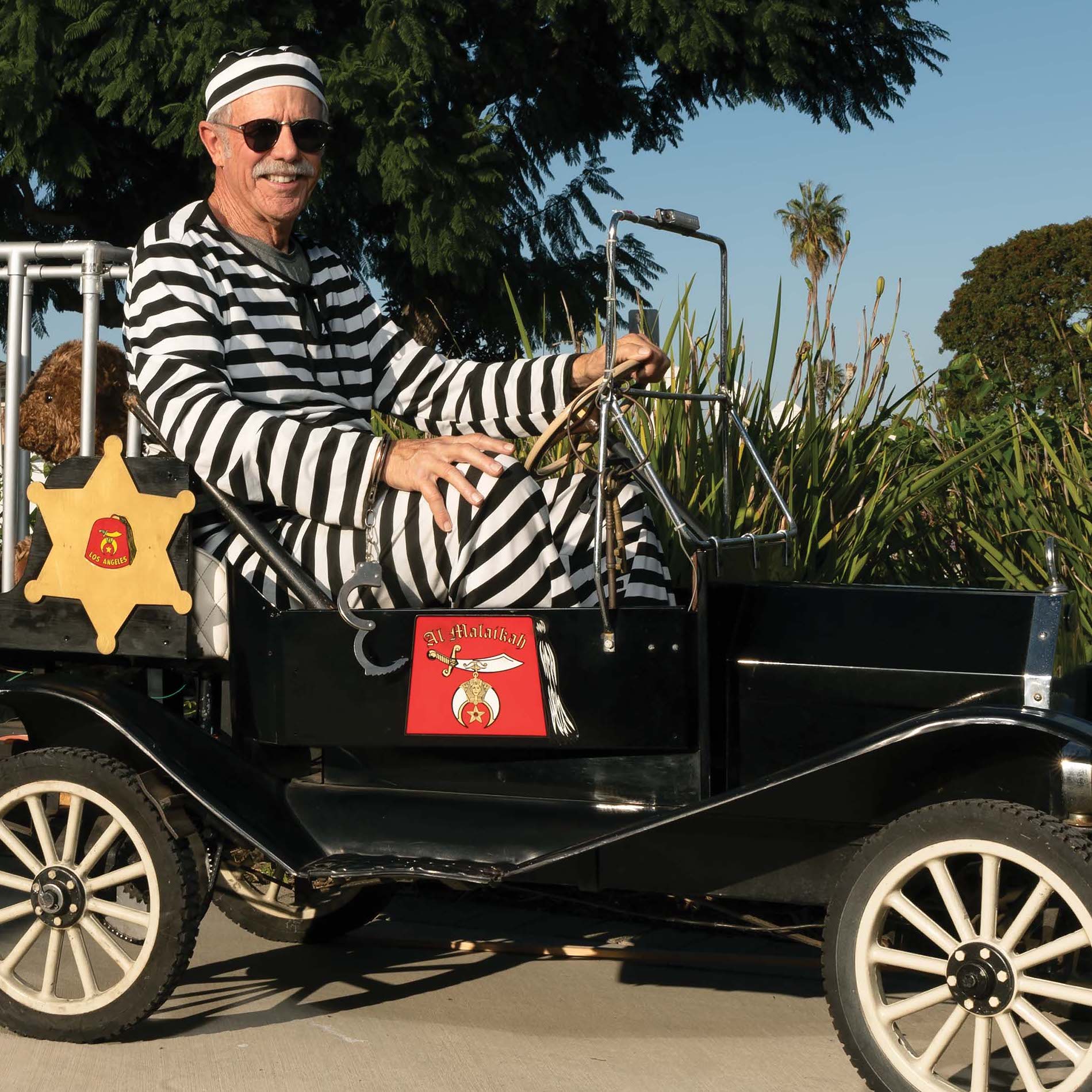
A Southern California Mason reflects on his approach to philanthropy, and why giving back can help create the world you want.